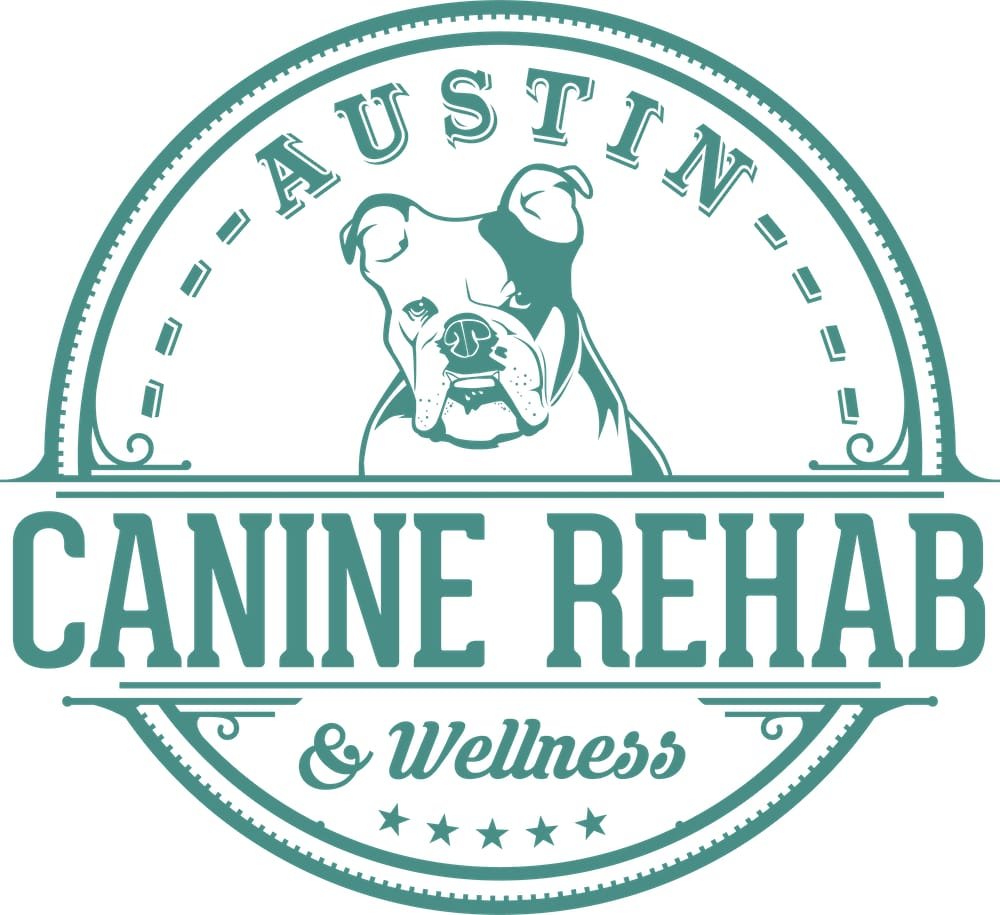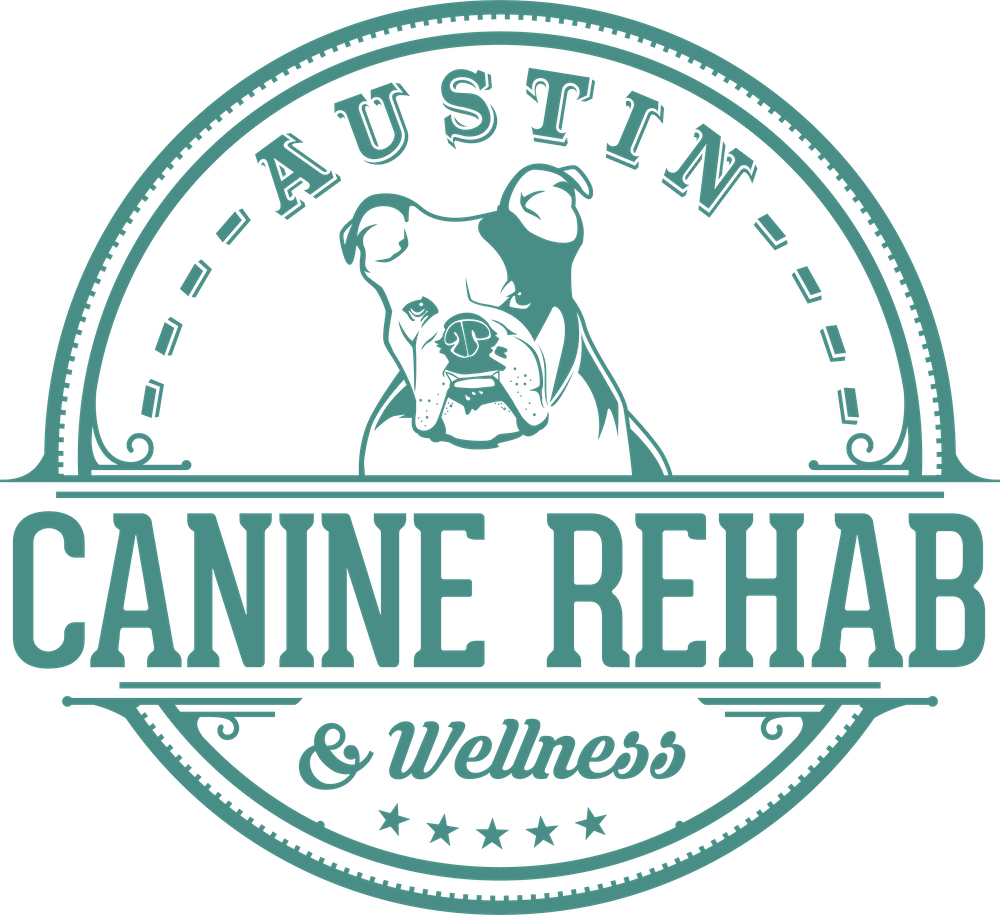Arthritis in Older Dogs
What is osteoarthritis (OA)?
Just like in humans, dogs can get arthritis too and it may start at a very young age! To put it simply, arthritis is an inflammation of the joint that leads to joint swelling, thickened tissue around the joint, degradation of cartilage, all leading to increased stiffness, muscle weakness and pain. It’s a vicious cycle if left untreated.
Signs of Arthritis
Arthritis is something that we commonly hear about with our senior dogs, but do you know the signs to tell if your dog may have osteoarthritis? As an owner, you are with the dog day in and day out and are the most qualified to notice subtle changes in your dog’s mobility or behavior. So what should you be on the lookout for?
Slow when changing positions or when rising from laying down
Stiffness that may or may not go away after a bit of walking or movement
Intermittent lameness, especially after exercise
Hesitant to jump in the car, onto the couch, or go up the stairs
Slowing down on walks or less willing to go the normal distance
Unusual/increasing amount of stops during walks
Now that you have identified some of these changes, it’s time to see your Vet! Your veterinarian can help you make a definitive diagnosis of osteoarthritis or determine that your pup may have some else going on entirely. Either way, a vet appointment is your first step to healing! With a diagnosis in hand you can start to develop a treatment plan.
Treatment Approaches
Our first instinct may be to start administering joint supplements or pain meds to help our dogs feel better, but the truth is, that it takes a multimodal approach.
A multimodal approach is one that includes the following things:
Pain Control
Weight Management
Regular Low-Impact Exercise
Joint Protection
Physical Rehabilitation
Unfortunately, our first inclination to let our dog relax and not “push too hard”. Similar to our sweet grandparents whom we love to lock arms with and help them up every curb we see. But as you can see from the list above, our multimodal approach is going to take some targeted exercise and rehabilitation techniques to start making a difference.
Would you like even more information on how to help your dog with arthritis?
How we help!
Certified Canine Rehab Therapists (CCRT) are trained to evaluate your dog from a movement and functional perspective. Is your dog having trouble taking the stairs? Have you stopped being able to take you pup out on the weekends with your spouse to hike? Is your dog no longer able to jump on the couch and lay down with you to cuddle? These are all functional activities and as a CCRT we identify what specifically is holding your dog back from being able to do those things. Is there a muscle flexibility restriction, pain in the joints, or a decrease in body awareness or balance? The best part, we teach you how to help your dog feel better with easy manageable techniques!
Wondering if canine physical rehabilitation can help your aging doggo?

